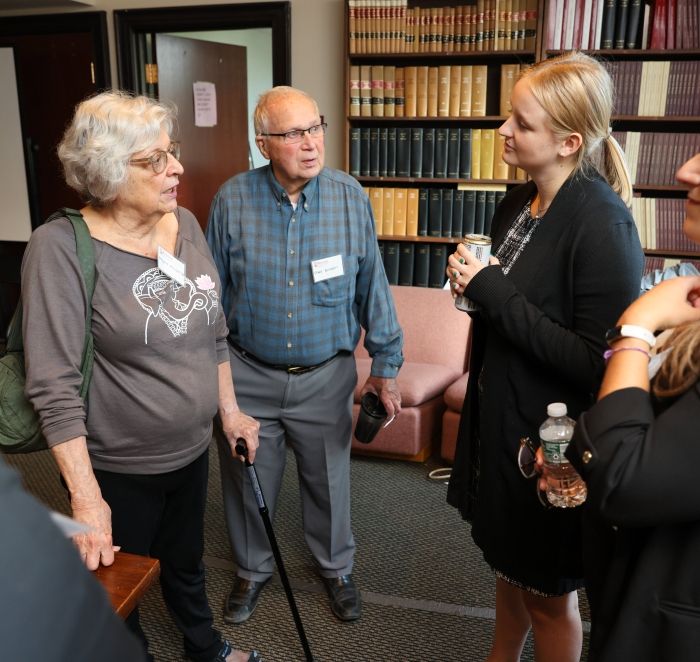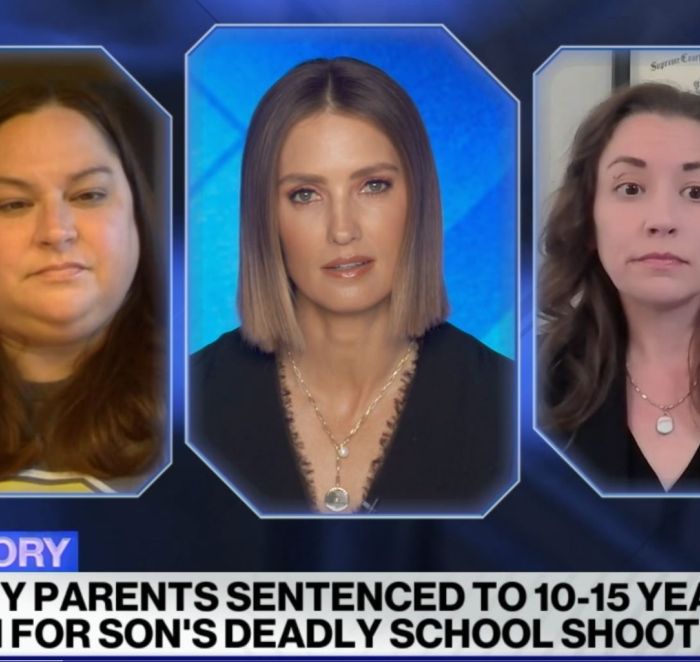Prof. Rosenbloom, Students Analyze Albany Land Use Laws and Impact on Social Equity

Albany Law School Professor Jonathan Rosenbloom continues to allow aspiring attorneys to turn classroom curriculum and learning into real-world experience through Albany Law School's Land Use and Racial Justice course. Rosenbloom, who originally studied to become an architect, has dedicated his law career to teaching and looking at land use laws and how they relate to social and racial inequity.
"I view land use law and the physical manifestation of that law as a merger of architecture, law, ecosystems, and human behaviors. Where these meet is where land use laws translate into environmental and social equity impacts. It is in this intersection that we can change the law to have more of a positive impact both in terms of biodiversity and equity," Rosenbloom said.
Students taking Albany Law School's Land Use and Racial Justice course earned the opportunity to work with Albany city leaders, including Mayor Kathy Sheehan '94, to spotlight how Albany land use laws have led to social inequity in: "Grounded Justice: Unveiling Racial Equity in Land Use across the Capitol Region."
On top of analyzing land use laws and their impacts on social equity and biodiversity, this student-driven 170-page report opens the door for a much larger discussion about how local governments in and around the Capital Region can implement the student's recommendations to "move towards societal betterment and the advancement of a more equitable and just future."
"This report is about the Capital Region, but within the Region we have multiple local governments each with their own unique set of land use laws and barriers," Rosenbloom said. "And so, what we're trying to do is break down some of those barriers, or even better, build bridges across jurisdictions so that cities can engage in a way that addresses social equity across the region, which is something that doesn't happen enough."
As a part of Rosenbloom's innovative curriculum, the report allows students to apply what they learned in the classroom in the real world, creating a tangible impact on the Albany community.
"As students work their way towards becoming lawyers and leaving academia, this project is a bridge to that? It is a bridge between reading the law, and seeing and experiencing not only the physical manifestation of that law, but also the impacts that stem from the law. It is an opportunity to say, 'I see what my community is like. I see how that is connected to the law, and I see what I can do about it,'" Rosenbloom said.
Jennifer Tedisco '25, a Capital Region native, said this report was the culmination of all the hard work she and her classmates who worked on the report have put in.
"It was really rewarding being able to work on a report that allowed me to use the research and analytical skills I have refined throughout my time in law school and actually apply them to a real-world issue affecting the local community," Tedisco said. "Being born and raised in the Capital Region made the process even more meaningful, as I felt like I was able to propose recommendations to improve inequitable systems that I will hopefully one day see come to fruition."
For Tedisco, learning about how land use laws affect inequity within our community is one thing; using those teachings and implementing them in this student-driven project is another. This opportunity has helped pave the way for her future as an attorney.
"Working on this Report helped prepare me for my professional future by teaching me how to describe complicated legal concepts in a clear and concise manner that is easily digestible for those without background information on the topic," Tedisco said. "My partner and I worked on the Education section of the report and learning about all the flaws in the public education system in the country, and particularly in New York State, also reaffirmed my interest in education law. I would not be where I am today without the education I received from elementary school to high school and beyond, and everyone deserves the same opportunities to succeed in life."
Tedisco isn't alone; 16 of her classmates also worked tirelessly to complete this project on top of their coursework. Mitch Whittaker '24, who plans on practicing municipal law after graduating, said this project underscores the importance of including perspectives from all community members when implementing ordinances or codes.
"The most significant part about working on a project such as this at the law school is the emphasis on research and advocacy. While this project did not consist of legal writing in the traditional sense, a lawyer's process typically revolves around researching the law that controls the issues presented and drafting papers that best advocate for your client's position," Whittaker said. "In writing Grounded Justice, we researched historical injustices and advocated for change moving forward in the hopes of creating a more equitable future. This kind of advocacy is a central tenet of the legal field, and creating this report was an excellent representation of this practice."
The full "Grounded Justice: Unveiling Racial Equity in Land Use across the Capitol Region" report can be found here.





